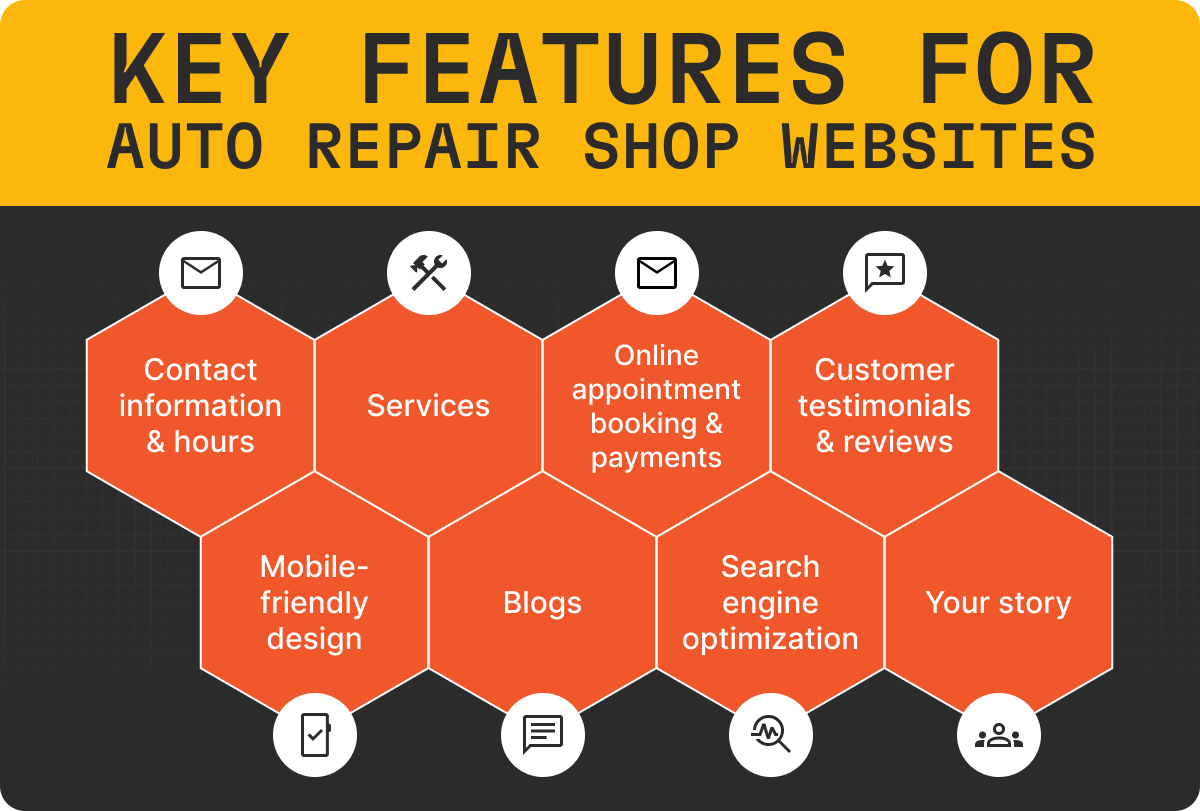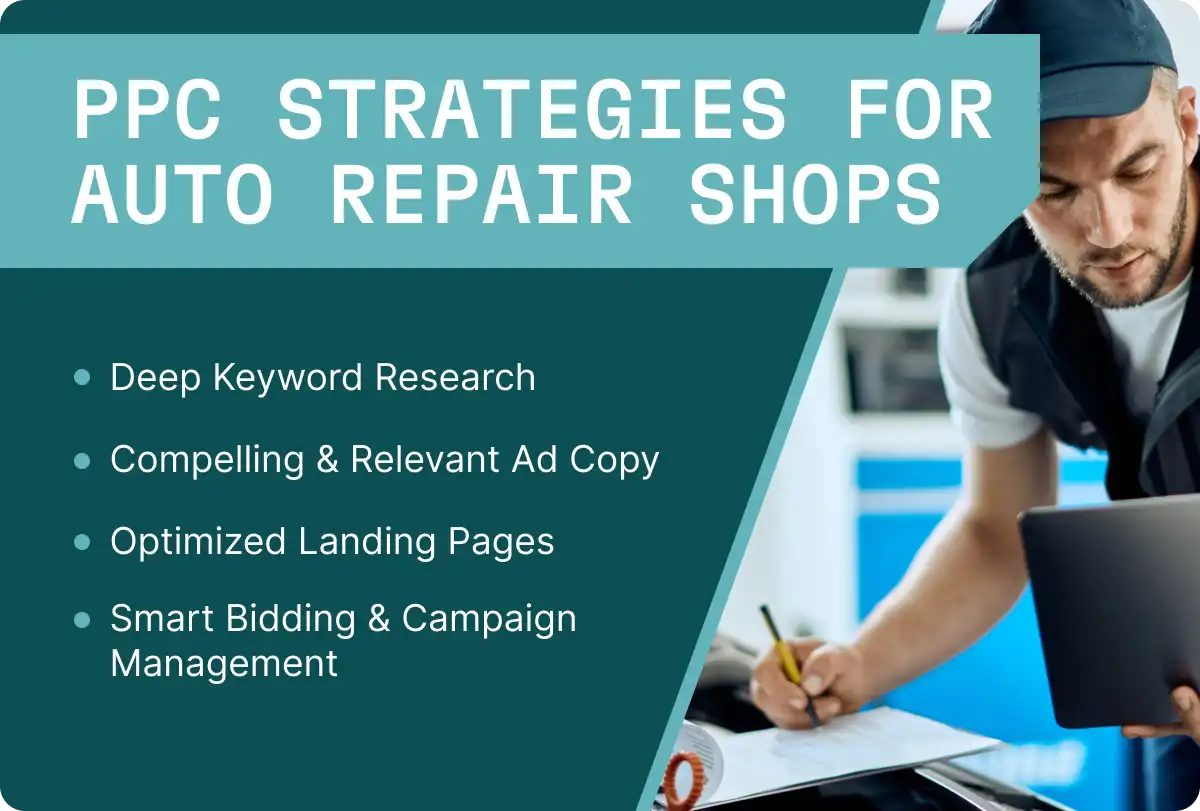As a shop owner, you have the ability to tune into your shop’s performance metrics, employees’ bandwidth, and overall profit margins with a few clicks.
Lucas Underwood and David Roman, hosts of the ASOG podcast, recently sat down with Tekmetric CEO Sunil Patel at the Vision Hi-Tech Training and Expo in Kansas City, Kansas.
Sunil shared some key insights into facing challenges, embracing change, streamlining processes, prioritizing customers, and the power of “always starting with why.”
Note: the following answers have been condensed for clarity.
On Facing Challenges and Handling Stress
ASOG: We spoke with PJ Leslie (Tekmetric’s Business Development Director) recently, and he was talking to us about your ability to take anything that comes your way and overcome it.
PJ shared with us that no matter the circumstance, you’re always able to say, “We’re going to get through this, and we’re going to make something from it.”
You created an amazing thing despite the adversity that you’ve faced. How were you able to do that?
Patel: My wife and I went through some hard times with our daughter, Brianna, about a year ago.
And what I told my wife during that time was, “You know what? I’m ready to face this challenge.
We’re going to find the best doctor we can find and the best solution for her. And Brianna will live life one day at a time.
We’re not going to think about the future, we’re going to live life today.”
Since that day it’s been almost ten months and everything has been great. She’s doing beautifully.
A key component to handling stress is delegation.
You’ve got to let go of some of your responsibilities no matter how unnerving it is. Remind yourself that you can continue to keep your momentum on your shop, business, and goals by delegating.
That’s why you have a team—so you can tackle and conquer each task that comes your way.
On Embracing Change and Switching Gears
ASOG: You’ve gone from being a physician to a police officer to an auto repair shop owner, and now you’re the co-founder and CEO of Tekmetric. What made you want to go from physician to shop owner?
Was there a rock bottom for you? Was there a point where you decided, “I don’t want to be a physician any longer?”
Patel: I was fortunate that I never hit rock bottom. I’ve always tried to live in the moment. And I’m always intrigued by learning new things. With that being said, it took me going from industry to industry to learn the skills that helped form Tekmetric.
Let’s say you set a goal for yourself to go to the gym more often.
Now, if you don’t want to go to the gym, then you will keep training your mind to make sure that gym is just not your thing. It’s not until you have a breakthrough that you are able to change your mindset.
You have to train your reticular activating system (RAS), a network of nerve pathways located in the brain stem that mediates overall behavior, so that going to the gym becomes a positive activity.
Along with reminding yourself that you want to go to the gym, write down when you want to make the change and why.
Let’s say this is your goal, 'In March 2023, I will feel great, I will look great, my clothes will fit me better, and I can hear my family and friends saying ‘You’ve done a fantastic job.'
You have to recognize and reframe each limiting belief that is preventing you from achieving your end goal. An example of a limiting belief would be something along the lines of, "Ah, I’ve had a long day, I can just go to the gym tomorrow.' You have to reframe it to, 'I’ve had a long day, time to finish strong with a trip to the gym.'
You have to be very intentional. You truly have to want to reach the finish line.
This concept goes for shop owners, too. If you’re wanting to expand your shop, you’ll need to change the way you’re running your business. You can do that with shop management software.



.png)
.png)





.svg)



.svg)